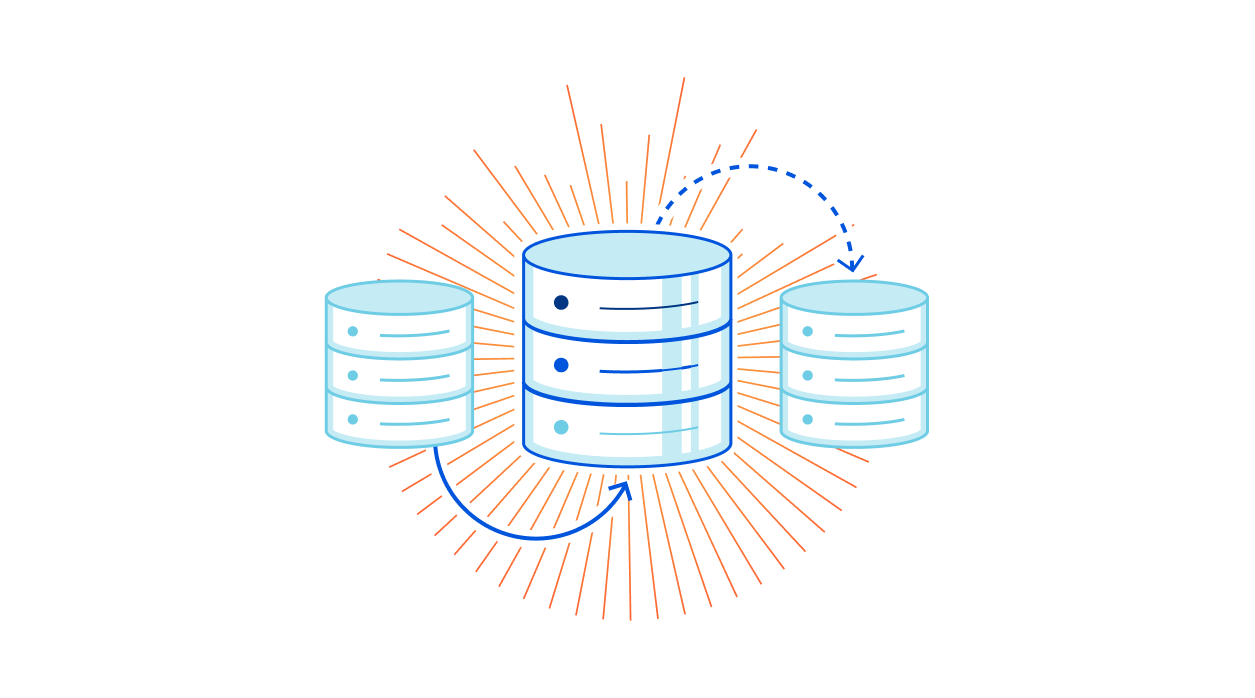0
This blog post is co-authored with Ian Miller.
5G and beyond mobile networks are requesting automation capabilities to rapidly scale up their service rollout. To that end, Kubernetes and cloud-native infrastructures unlock a great deal of flexibility through declarative configuration.
However, there is a large number of important non-declarative components (e.g. legacy OSS/BSS systems, bare metal servers, network infrastructure, etc.) that will still require imperative configuration for the foreseeable future.
In this series of two articles, we bring together powerful tools and concepts for effectively managing declarative configurations using Red Hat OpenShift, Red Hat Advanced Cluster Management for Kubernetes, and Red Hat Ansible Automation Platform for integrating any non-declarative system into closed-loop automation workflows.
Declarative vs Imperative, a Zero-Sum Game for 5G?
Short answer: definitely not.
Kubernetes and Red Hat OpenShift are built around a declarative model in which configuration Custom Resources (CRs) capture the desired end state and the cluster works to reconcile to it. This model fits in seamlessly with tools like GitOps and the different engines (i.e. clusters, applications, observability, and governance) provided by Red Hat Advanced Cluster Management for Kubernetes.
Both tools are thoroughly leveraged by the Red Hat Zero Continue reading

